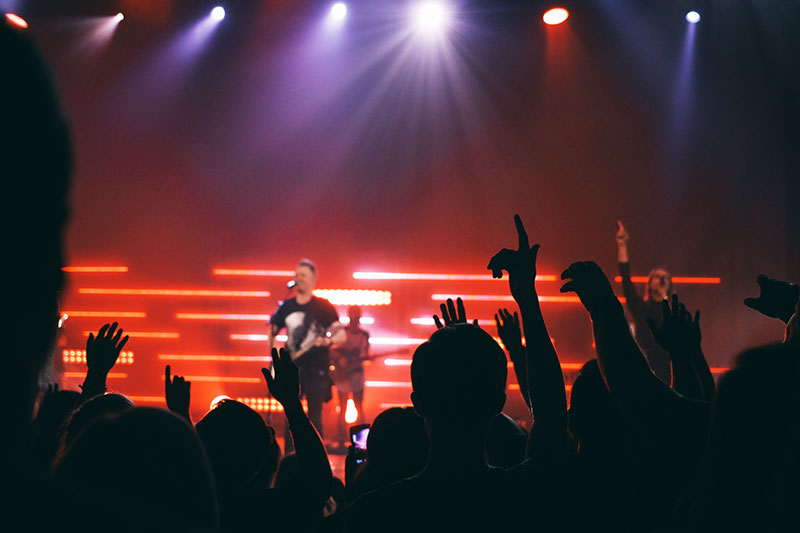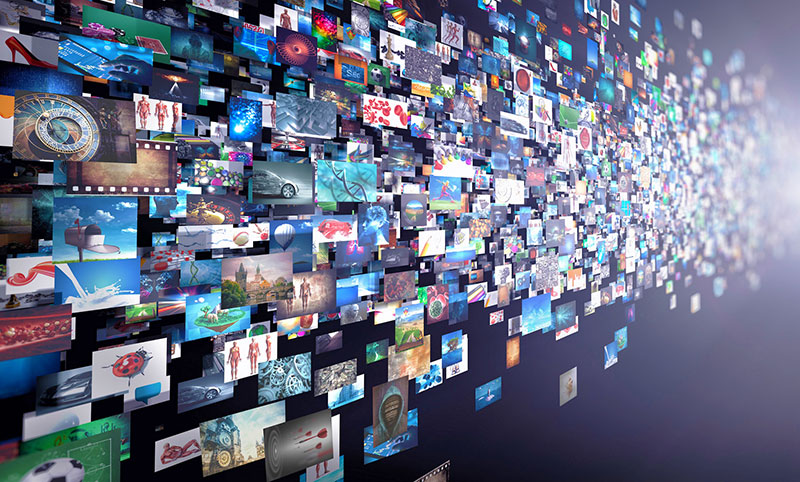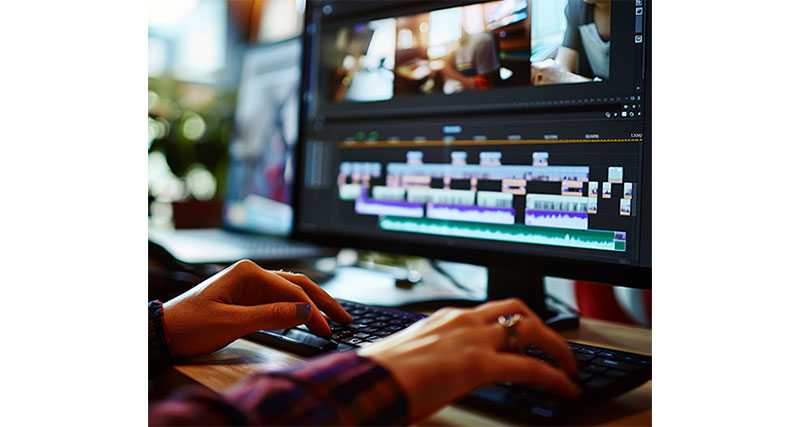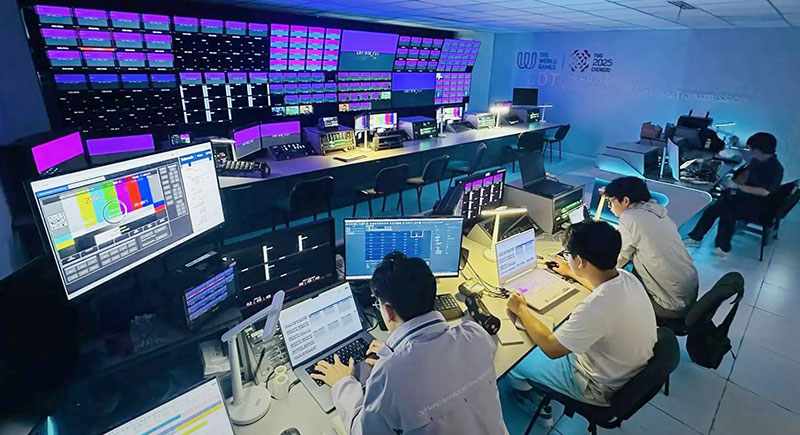Nevion’s Olivier Suard talks about factors driving the growing popularity of live event broadcasting and the implications for live broadcast and production into the future.

The rising popularity of OTT streaming and user-generated content has left consumers spoilt for choice when it comes to their viewing habits. But in the face of fierce competition and a rapidly evolving environment, live broadcast events remain the most viewed content among two-in-five consumers, according to research by Nevion.
Here, Nevion’s VP of Marketing Olivier Suard considers the factors driving the continued popularity of live event broadcasting despite the great variety of content available today, and the implications for broadcasters.
The Live Broadcast Community
Live broadcasts have long been able to bring large groups of people together to witness breaking news, major sporting events or the outcome of a vote on a reality TV show. The company’s research shows that live programming is popular across age groups as well – it is the preferred choice of 58% of 18-24 year olds and 31% of over 65s. In contrast, on-demand content is failing to attract the attention of over 65s, and scheduled programming is largely unappealing to the 18-24 years group.
“Viewers enjoy the drama of witnessing moments as they happen in real-time, but the communal aspect of this type of broadcasting is also a big advantage," said Olivier. "Nevion's research discovered that 45% of consumers like to watch live events with other people in the same room. This sense of community has been represented in the ever-growing popularity of Eurovision viewing parties, where families and friends get together to watch the competition unfold. The 67th Eurovision Song Contest attracted a total of 162 million people across a total of 8 different public service media markets worldwide.”
Communities have also been built and fostered via online communications to create shared experiences. 83% of those surveyed have talked to others remotely about what's happening during a live event. Furthermore, these remote communications are often driven by social media and messaging platforms. Thus, live events are not only connecting people in the same room, but online as well. The onus now falls on broadcasters to ensure consumers can continue to access these valued shared experiences.

Covering the Costs of Live
Olivier said, “Broadcasters must take action to futureproof the singular value offered by live events. With a continued cost-of-living crisis impacting family budgets, it's not surprising that pricing is what influences consumers the most (49%) when re-subscribing to a content service broadcasting live events, according to Nevion's research. For new subscribers, fair pricing is also the biggest factor in the decision to sign up (30%). High quality and specific content are also important to consumers.
“However, cost pressures are also affecting the ability of consumers to pay for tickets to live events. A real opportunity exists for the broadcast experience to capitalize on this fact, with the right price structure. Of note is the trend for viewers to make one-off payments for specific broadcast event. For example, singer The Weeknd livestreamed a concert to his YouTube channel to paying customers, giving fans a cost-effective way of experiencing the event from home."
High quality and viewer-specific content are also important to consumers, which means delivering at the highest standard possible to ensure an optimum viewing experience, with content options to suit individual preferences. Providers will also need to prioritize low latency broadcasts so that viewers experience live events in as close to real-time as possible.
IP, Remote Resources and Cloud
Though live event broadcasts have traditionally required production teams and large amounts of equipment at the event location, IP technology opens the opportunity for broadcasters to adopt distributed production. Hybrid on-premises and cloud processing can be combined with network connectivity to alter the logistics and economics involved in high-quality mission critical live production.

"Crucially, resources including people, places and processing involved in a project can be situated in any location around the world, rather than having to be physically present at the event location. Instead they can be connected, used and shared optimally. These resources might include studios, OB production trucks and live venues, mixers, video and audio processing – and the most important resource in a production – the staff," said Olivier.
"With this approach, content can be created in the most cost-effective way, enabling broadcasters to pass savings on to their customers.
"Despite the proliferation of on-demand and user-generated content, live broadcasting continues to capture and connect audiences. For consumers, it's about more than just viewing. It's about shared, real-time experiences that happen in person or through digital communities. Therefore, broadcasters must think in terms of both quality content and accessible pricing to cater to viewers who do want live broadcasts without the costs of attending in-person". nevion.com




















